Stepping Stone Paths without weeds?
prairiemoon2 z6b MA
10 years ago
Featured Answer
Comments (27)
ken_adrian Adrian MI cold Z5
10 years agoprairiemoon2 z6b MA
10 years agoRelated Professionals
Roxbury Crossing Landscape Architects & Landscape Designers · Anderson Landscape Contractors · Damascus Landscape Contractors · Fort Mill Landscape Contractors · Fort Myers Landscape Contractors · Long Beach Landscape Contractors · McLean Landscape Contractors · North Highlands Landscape Contractors · Nutley Landscape Contractors · Palm Beach Gardens Landscape Contractors · Shirley Landscape Contractors · Shoreview Landscape Contractors · The Villages Landscape Contractors · Waipahu Landscape Contractors · Norridge Landscape Contractorslinnea56 (zone 5b Chicago)
10 years agoprairiemoon2 z6b MA
10 years agomulchmama
10 years agomnwsgal
10 years agoprairiemoon2 z6b MA
10 years agomnwsgal
10 years agoprairiemoon2 z6b MA
10 years agogardenbug
10 years agoprairiemoon2 z6b MA
10 years agoaseedisapromise
10 years agorusty_blackhaw
10 years agoryseryse_2004
10 years agoprairiemoon2 z6b MA
10 years agoaseedisapromise
10 years agoprairiemoon2 z6b MA
10 years agoaseedisapromise
10 years agoprairiemoon2 z6b MA
10 years agoaseedisapromise
10 years agoprairiemoon2 z6b MA
10 years agoshadeyplace
10 years agoprairiemoon2 z6b MA
10 years agooliveoyl3
10 years agoprairiemoon2 z6b MA
10 years agoprairiemoon2 z6b MA
10 years ago
Related Stories
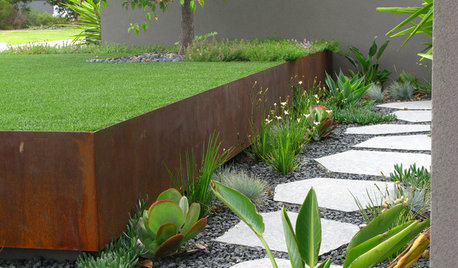
LANDSCAPE DESIGN7 Questions to Ask Before Laying Stepping Stones
These broken-up pathways invite you to put a spring in your step — while adding functionality to the garden
Full Story
GARDENING GUIDESGreat Design Plant: Bugle Weed, a Quick Ground Cover
It’s highly adaptable, suppresses weeds, reduces erosion and provide weeks of bright flowers. Just watch for invasiveness
Full Story
GARDENING GUIDESLet's Weed Out 4 Native Plant Myths
Plant wisely for a garden that supports pollinators and requires less work
Full Story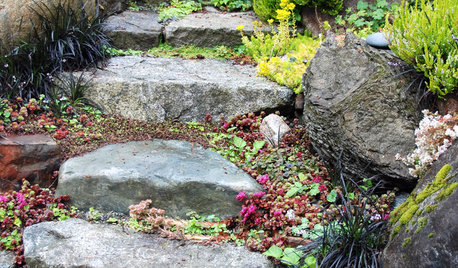
LANDSCAPE DESIGNPlant Your Steps for a Great Garden Look
There are benefits to allowing plants to invade your garden stairs
Full Story
GARDENING AND LANDSCAPINGHow to Make a Pond
You can make an outdoor fish paradise of your own, for less than you might think. But you'll need this expert design wisdom
Full Story
LIFE6 Ways to Cool Off Without Air Conditioning
These methods can reduce temperatures in the home and save on energy bills
Full Story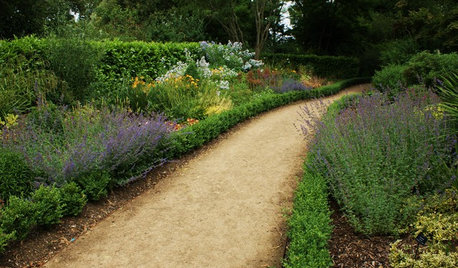
LANDSCAPE DESIGN5 Gravel and Stone Types for a Rockin' Landscape
Give your garden design some textural bam with pebbles, granite, river rocks and other permeable materials
Full Story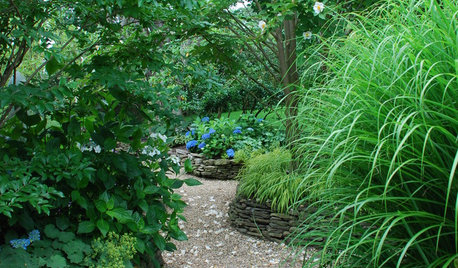
LANDSCAPE DESIGN15 Ideas for a Stunning Garden Path
Let your imagination roam as you consider the many types of walkways possible in your garden
Full Story
MOST POPULAROrganizing? Don’t Forget the Essential First Step
Simplify the process of getting your home in order by taking it one step at a time. Here’s how to get on the right path
Full Story
ENTRYWAYS5 Steps to a High-Impact Entry Garden for Your Modern Home
Use walls, fencing, plants and paths to tie your entrance area to your indoor spaces
Full StoryMore Discussions







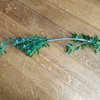
oliveoyl3